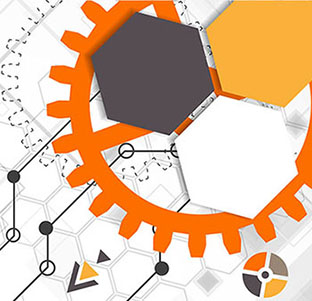Manufacturing Momentum:
How Manufacturing is Changing Heading into 2016
Written by:
Ela Malkovsky, Editor-In-Chief
Internet of Things (IoT)
IoT is an interconnected network of electronic, software, and sensor-embedded objects/devices with connectivity for data collection and exchange. Although the idea of connecting objects to communicate with and sense their environment is not new, the timely convergence of recent technological advancements has created enormous potential for industrial applications of IoT. Cheaper, smaller, and more powerful semiconductor chips and related technology are able to parse global wireless networks and use big data analytics to collect as well as interpret data and then make predictions about our world. By directly integrating information technology systems with the physical environment, IoT can significantly increase efficiency and precision as well as reduce resources required.
Additive Manufacturing (3D Printing)
Advancements in the field of 3D printing realized over the past year, especially in terms of nanotechnology and the chemistry of print materials, are revolutionizing the capabilities for additive manufacturing. 3D nano-printing, for example, enables fast micro- and nanostructure prototyping and component development, such as the grain-sized 3D-printed lithium-ion battery. So what does the future of 3D printing look like? From chemical manipulation of printing material properties, such as colour, texture, elasticity, and bacteria resistance, to 4D “memory embedded” material printing, the scientific and business worlds are in equal anticipation of what 3D printing has in store.
Next Shoring
With fast, customizable delivery becoming a necessary link in the global supply chain, the supply and demand dynamics of next shoring provide physical proximity to innovation, talent, and customers as well as emerging markets. The profit margin for offshoring has been effectively reduced due to long delivery times combined with the rising costs of fuel and labour, while next shoring will continue to gain momentum in 2016 by allowing companies to better cater modern requirements for customized, on-demand solutions.
Linking SR&ED with Grants
As market trends for increased technological advancement continue to impact businesses in almost all industries, innovation and workforce skill development will continue to provide significant returns on investment. Companies in all industries are increasingly relying on leveraging various government funding programs simultaneously to finance innovation, growth, and workforce development. The funds that you receive from government programs can be invested back into your business in many ways, such as by purchasing new equipment, hiring new employees, expanding your facilities, taking on more challenging projects, or paying down debts.

